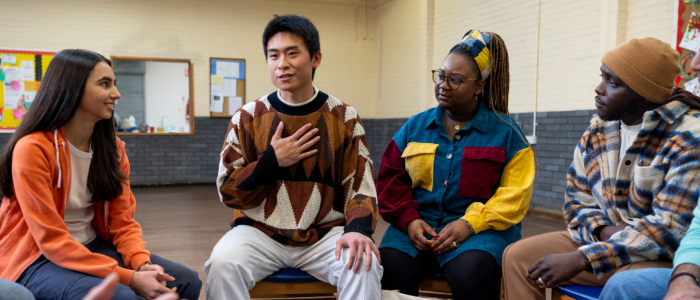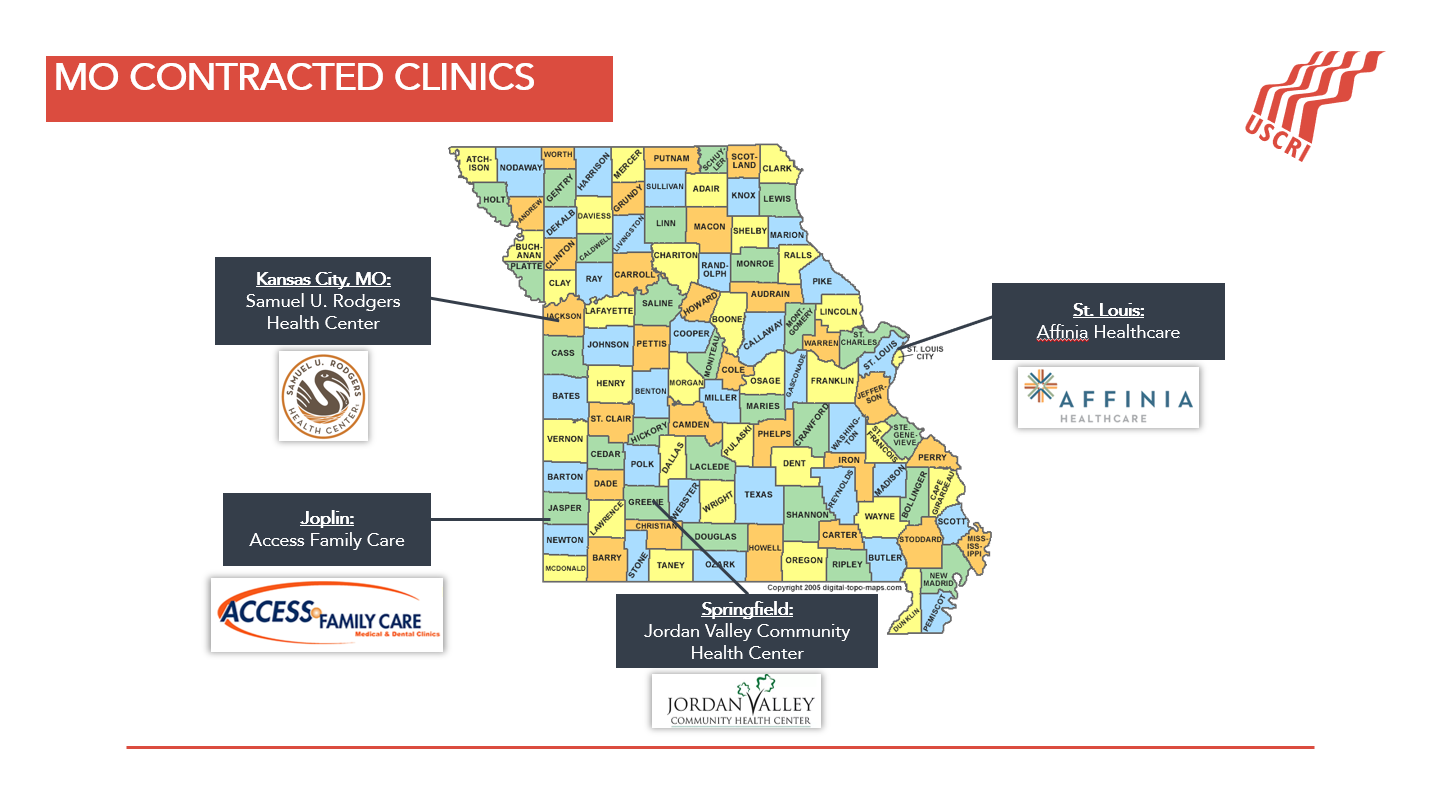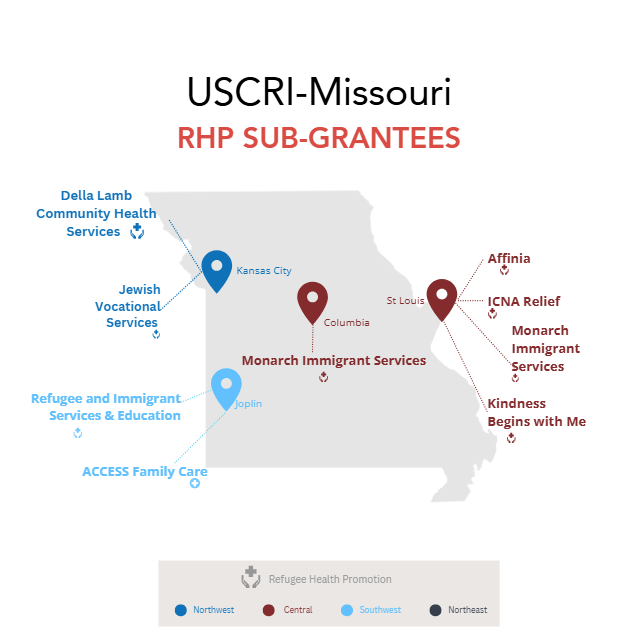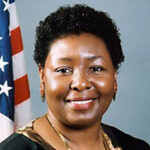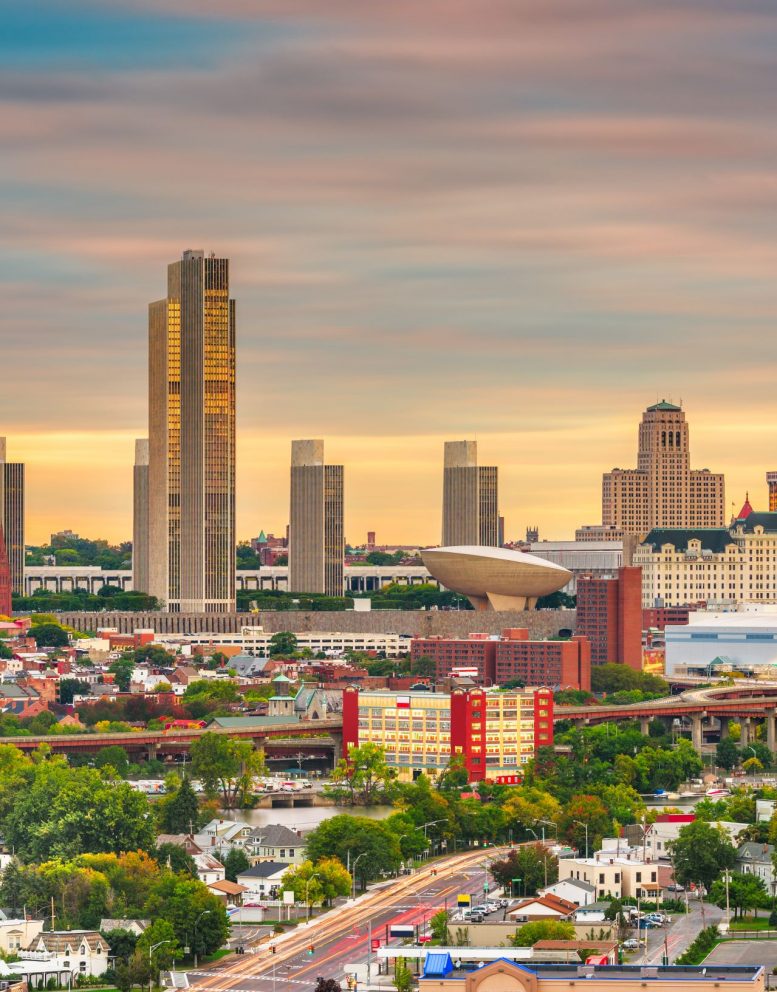Author’s Note
I have gained endless inspiration from the girls and young women I have met in communities across the United States and around the world. Whether on the frontlines of protests and movements, leading classrooms and communities in refugee camps, or facing a migration journey alone, girls continue to rise, speak out, and dream despite the barriers before them. Their courage in the face of conflict, violence, and discrimination reinforces for me that change is not only possible—it’s happening. I have witnessed girls illustrate a world where they are free to lead and free to be. In every conversation, every story shared, I see not just resilience, but the blueprint for a more just and compassionate world—one built by girls, for everyone.
Mounting Barriers
Girls are changemakers. Each year since 2012, on October 11, the international community marks International Day of the Girl Child as an opportunity to share girls’ stories, recommit to upholding their rights, celebrate their accomplishments, and learn from their leadership. This year’s theme, “The girl I am, the change I lead: Girls on the frontlines of crisis,” highlights a critical truth: in humanitarian crises, girls are not only disproportionately affected—they are also leading the way in response and recovery.
In 2024, 676 million girls and women lived near deadly conflict—the highest recorded figure since the 1990s. War, climate emergencies, and displacement can exacerbate existing gender inequalities and expose girls to heightened risks. In conflict zones and disaster-affected areas, girls are more likely to be pulled out of school, face child marriage, and experience gender-based violence, including sexual exploitation and trafficking. Plan International’s 2025 State of the World’s Girls report found that 12 million girls are married before the age of 18 each year—one every three seconds. Hundreds of thousands are under 15 years old. Globally, 122 million girls are out of school, with conflict making girls 2.5 times more likely than boys to be out of school.
Limited access to health services during emergencies affects girls’ sexual and reproductive health. Conflict also leads to increased rates of sexual violence used as a weapon against girls (known as conflict-related sexual violence or CRSV. In 2024, over 4,600 survivors of CRSV were verified by the United Nations (UN), representing a 25 percent increase from the previous year. Women and girls constituted 92 percent of survivors of CRSV. Yet, as highlighted this year by the Special Representative of the Secretary-General on Sexual Violence in Conflict, lifesaving programs for victims of CRSV are being defunded.
Click here to read the full brief.
USCRI, founded in 1911, is a non-governmental, not-for-profit international organization committed to working on behalf of refugees and immigrants and their transition to a dignified life.
For inquiries, please contact: [email protected]












